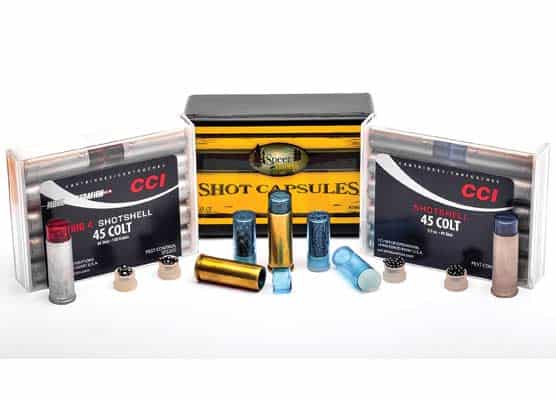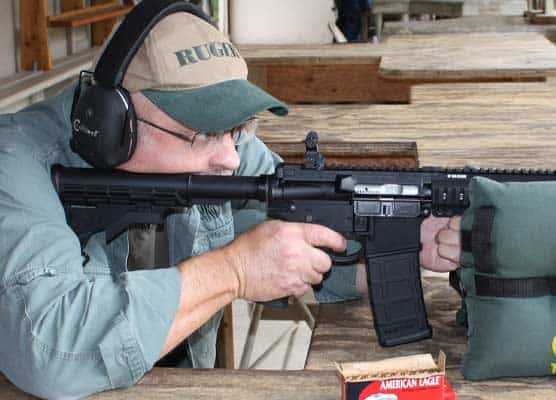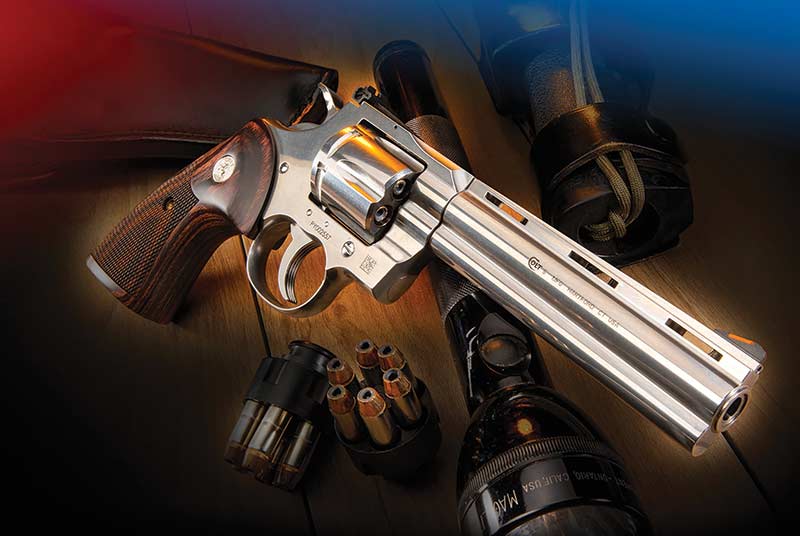The Trials
aptain Thomas Preston, was the first to go to trial. After three hours of jury deliberation, he was found not guilty.
Many colonists were upset by that, but there were explanations. Legal observers of the day felt the prosecutors did a sloppy job, while John Adams managed the defense magnificently. Preston himself would later write to General Gage, “The Counsel for the Crown or rather the town were but poor and managed poorly … my Counsel on the contrary were men of parts, and exerted themselves with great spirit and cleverness.” (1) Testimony differed whether Preston shouted “Fire.” Some witnesses failed to identify Preston correctly. Reasonable doubt had been established.
Many observers then and historians now felt Adams packed the jury. The panel included multiple friends of the captain, one of whom had been known to say prior to trial Preston was “as innocent as a child unborn,” and if he happened to be on the jury, he would never convict him.
When Adams defended the remaining soldiers in the next trial, he would have a steeper hill to climb. Preston, armed only with a saber, had obviously not fired a shot. The dead became so by gunfire, and it was the soldiers who ultimately pulled the triggers.
In their book John Adams Under Fire, Dan Abrams and David Fisher would write of the Preston verdict, “John Adams won his case, but doing so made his defense of the eight soldiers that much more difficult. The jury determined that Captain Preston had not given the order to fire: Therefore, the soldiers must have done it by themselves, without orders. They were responsible, and it put their lives in far greater jeopardy. The penalty upon conviction was death on the gallows. Making the situation even more precarious, the blood lust in the town had not been satisfied. Blood answers blood, but Preston, the lead officer, walked away. The soldiers were different. The people knew soldiers from the streets; if they didn’t know these particular men, they knew others just like them. They’d had their encounters, and there’d been far more bruises than friendships. Men were slain for demanding their God-given rights. Would no one pay for that?” (2)
Adams famously said in the trial of the eight remaining soldiers, “Facts are stubborn things; and whatever may be our wishes, our inclinations, or the dictates of our passion, they cannot alter the state of facts and evidence.” He added, “It is more important that innocence be protected than it is that guilt be punished, for guilt and crimes are so frequent in this world that they cannot all be punished. But if innocence itself is brought to the bar and condemned, perhaps to die, then the citizen will say, ‘whether I do good or whether I do evil is immaterial, for innocence itself is no protection,’ and if such an idea as that were to take hold in the mind of the citizen that would be the end of security whatsoever.” (3)
Adams’ trial strategy was to establish straight up self-defense. In a final argument replete with references to case law and legal scholarship he exhorted the jury, “In the case here, we will take (Private) Montgomery, if you please, when he was attacked by the stout man with the stick, who aimed it at his head, with a number of people round him, crying out, ‘Kill them! Kill them!’ had he not a right to kill the man? If all the party were guilty of the assault made by the stout man, and all of them had discovered malice in their hearts, had not Montgomery a right, according to Lord Chief Justice Holt, to put it out of their power to wreak their malice upon him? I will not at present, look for any more authorities in the point of self-defense; you will be able to judge from these, how far the law goes, in justifying or excusing any person in defense of himself, or taking away the life of another who threatens him, in life or limb; the next point is this: That in case of an unlawful assembly, all and every one of the assembly is guilty of all and every unlawful act, committed by any one of that assembly, in prosecution of the unlawful design they set out upon.”
While many saw Crispus Attucks as victim and martyr, Adams painted him as an instigator who not only earned the massive 770-grain .69 caliber Brown Bess musket ball that exploded his liver but triggered the entire tragedy. Witnesses described Attucks as being armed, not just with a stick, but with a bludgeon resembling a piece of cordwood. In her book The Boston Massacre: A Family History, professor of history Serena Zabin summed up the thrust of John Adams’ theory of the defense: “Here, then, was the storyline for the four judges and jury to hold on to as they sorted through contradictory and confusing evidence. Adams offered his listeners — and the future readers of the trial transcripts — a convenient shorthand for understanding a complicated event. An unruly crowd, separate from both the town and the soldiers it was taunting, drove soldiers to think that they needed to defend themselves from Boston’s inhabitants.” (4)
The trial of Captain Preston lasted five days; that of his subordinates went seven, the court keeping hours of 8 a.m. to 6 p.m. In the end, Corporal William Wemms and Privates John Carroll, James Hartigan, William McCauley, William Warren and Hugh White (the initial focus of the mob’s anger) were found not guilty. Privates Matthew Kilroy and Hugh Montgomery were found guilty of manslaughter. Though they could have been hung, their sentences were commuted to being branded on the thumb with a small capital “M” to mark them permanently as having been convicted of manslaughter.
They served no additional incarceration beyond the months spent in jail awaiting trial. It is generally believed by legal analysts they were the only two shooters convicted because the jury determined they were the only two who fired with intent to kill.




